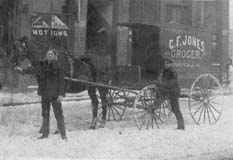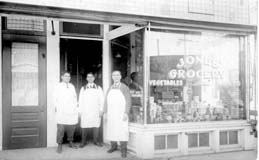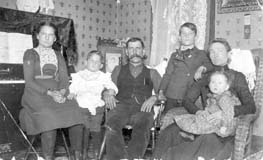Take Me For a Ride In Your Car, Car..
Sunday, September 2nd, 2018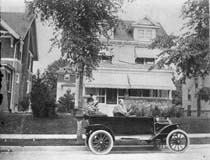 Ron Candage and Rick Lindner kindly identified the car in the photo that I use on my banner. It’s a 1914 Ford touring car.
Ron Candage and Rick Lindner kindly identified the car in the photo that I use on my banner. It’s a 1914 Ford touring car.
From Rick:
The 1912 had no front doors (but did have an option to attach removable ones), the 1913 Ford had brass trim on the side lamps, and the 1915 Ford had curved rear fenders. So this pretty much sets the year at 1914.
From Ron:
Ford made 100s of thousands of these in each of these years and they had factories in other countries which produced right hand drive cars. The car in your picture could have been produced at the Ford Motor Company – Columbus Assembly Plant which was located at 427 Cleveland Ave. This factory started in 1914 and closed in 1939. The components arrived here by train and the automobiles were assembled at the plant for delivery to local dealers.
I’d love to also identify the house in the photo, which seems to be at the address “338 [something].” And check out those beautiful columns in the next-door neighbor’s house!
(I’ve rotated the photo since putting it in the banner.)
[Image by C.C. Hollenback, courtesy of the Dawson family.]
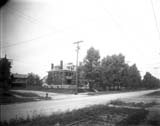

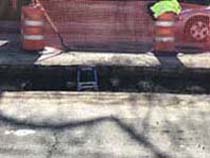
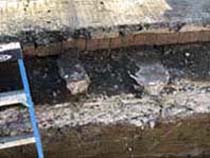

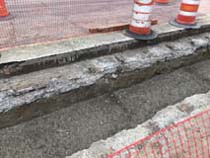
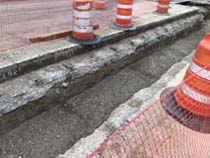
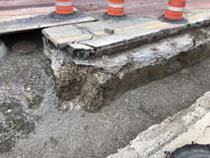
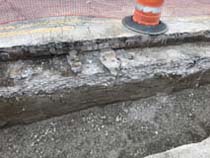


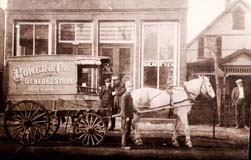

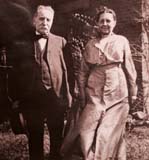
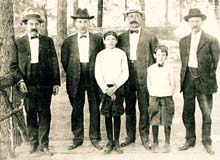
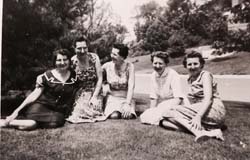
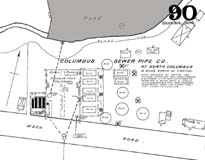
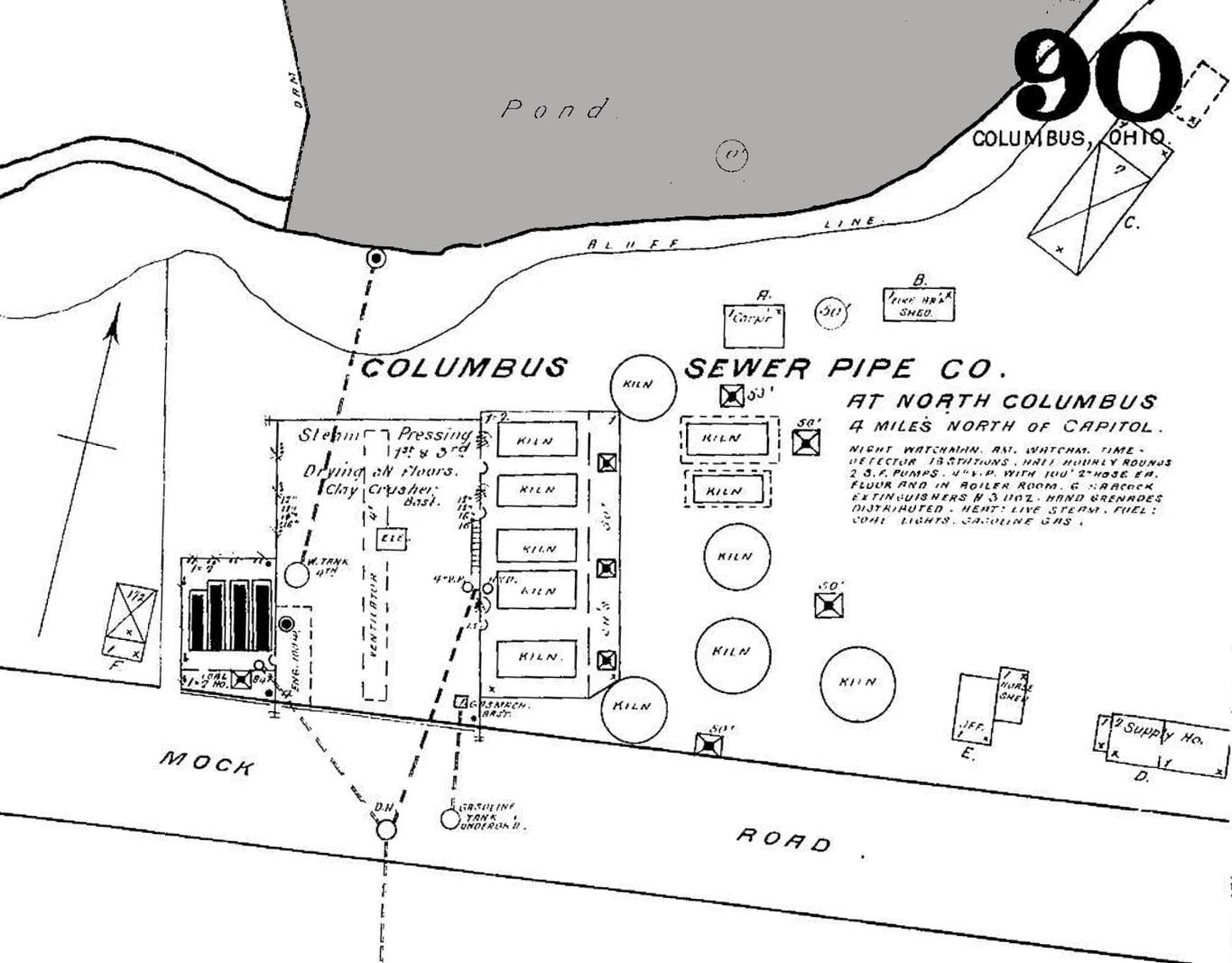
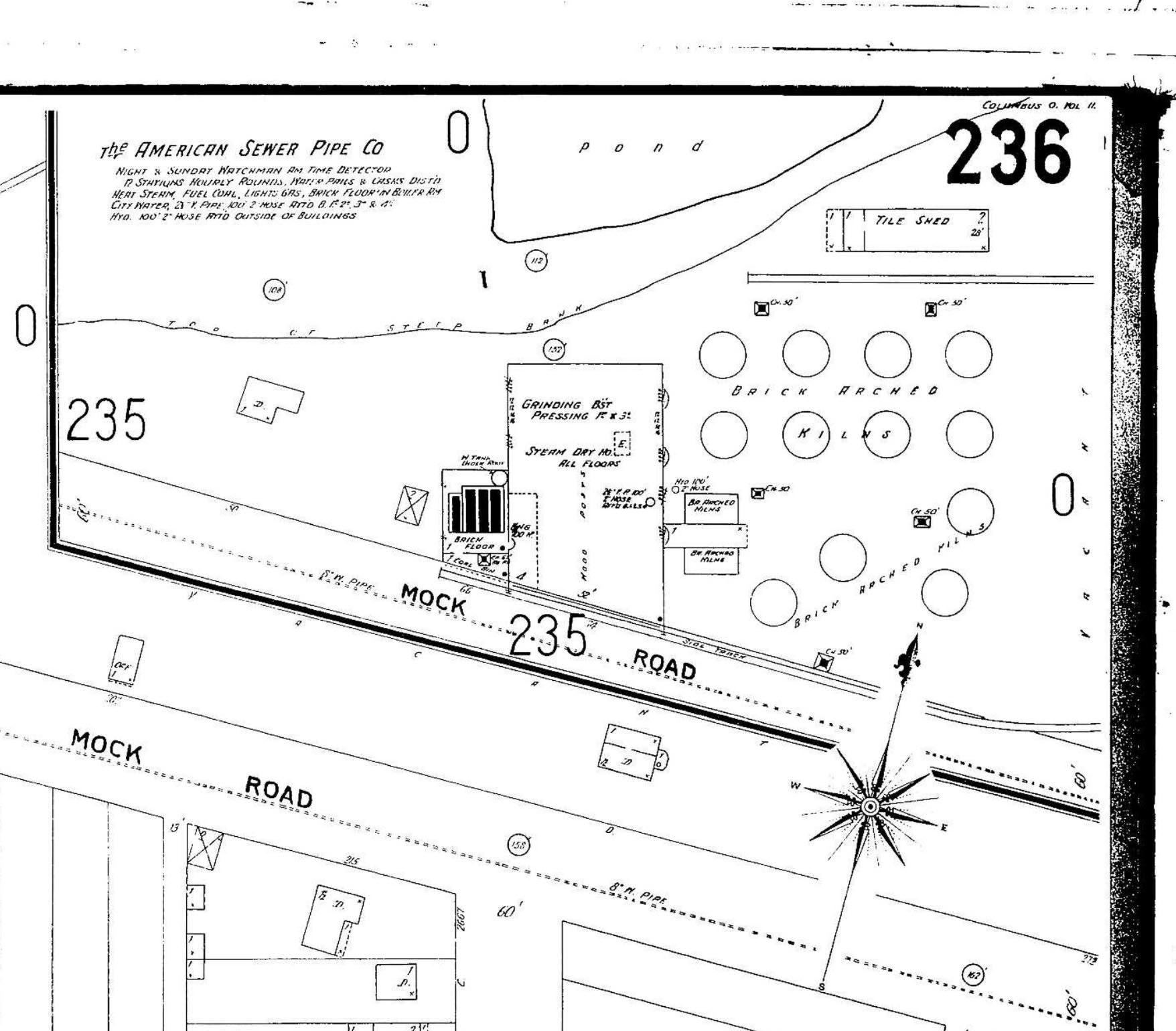

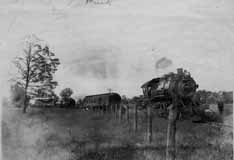
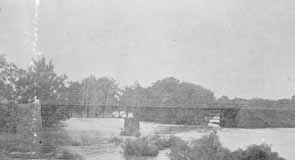 As my book shows, there was once a covered bridge over the Olentangy River at Dodridge Road. The Dodridge covered bridge was replaced by a truss bridge built by the Columbus Bridge Company. This picture shows the replacement bridge in 1890. Fishing from the bridge was a favorite activity for many 20th century Clintonville residents. It was a lovely river, and crappy and small mouth bass abounded. (Photo courtesy of Columbus Metropolitan Libraries)
As my book shows, there was once a covered bridge over the Olentangy River at Dodridge Road. The Dodridge covered bridge was replaced by a truss bridge built by the Columbus Bridge Company. This picture shows the replacement bridge in 1890. Fishing from the bridge was a favorite activity for many 20th century Clintonville residents. It was a lovely river, and crappy and small mouth bass abounded. (Photo courtesy of Columbus Metropolitan Libraries)
